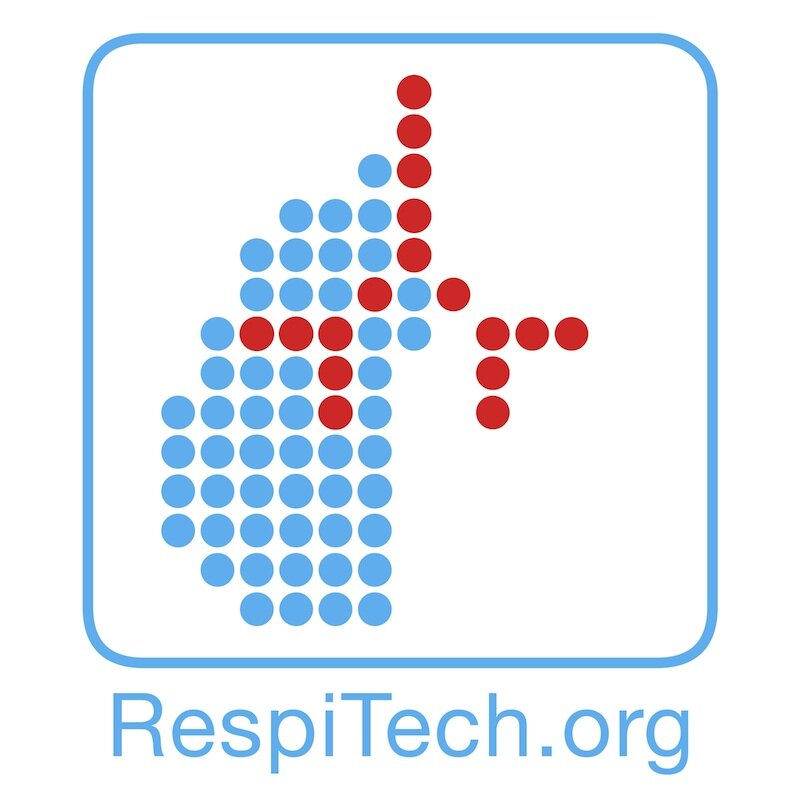Land, E. Moir, L., Gomes dos Reis, L., Traini, D, Young, PM., Ong, HX. (2020)
Abstract
Lymphangioleiomyomatosis (LAM) is a rare lung disease characterized by uncontrolled growth of smooth muscle -like cells in the lungs that can spread via the lymphatic system to other parts of the body. The current treatment for LAM, oral rapamycin, is limited by its low oral bioavailability and side effects. This study aims to develop an inhaled formulation of rapamycin solid lipid nanoparticles (Rapa-SLNs) to avoid first-pass metabolism, increase invivo half-life and facilitate entry into the lymphatic system through the lungs. Rapa-SLNs were manufactured using a hot evaporation technique and freeze-dried overnight with 5% (w/v) mannitol and before being assessed further for particle characteristics and in vitro aerosol performance and release. The formulation's ability to penetrate through bronchial epithelial layer was evaluated using a Calu-3 cell model, while its ability to interfere with the LAM intracellular cascade was evaluated using Mouse Embryonic fibroblast (MEF) cells deficient for the tuberous sclerosis complex 2 (TSC2) and compared with rapamycin solution. Results showed that the Rapa- SLNs had the appropriate size (237.5 ± 1.8 nm), charge (-11.2), in vitro aerosol performance (MMAD=5.4 ± 0.4 μm) and sustained release profile suitable for entry into the lymphatic system via the pulmonary route. Additionally, the nanoparticles were transported at a faster rate across the bronchial epithelial layer compared to free rapamycin solution. The formulation also showed similar mTOR (mammalian target of Rapamycin) inhibition properties compared to free rapamycin, and was able to significantly decrease the amount of proliferation in TSC2 negative MEF cells. This formulation is therefore a promising alternative treatment for LAM patients, as it could potentially reduce problems associated with low bioavailability and side effects of current oral treatment.
